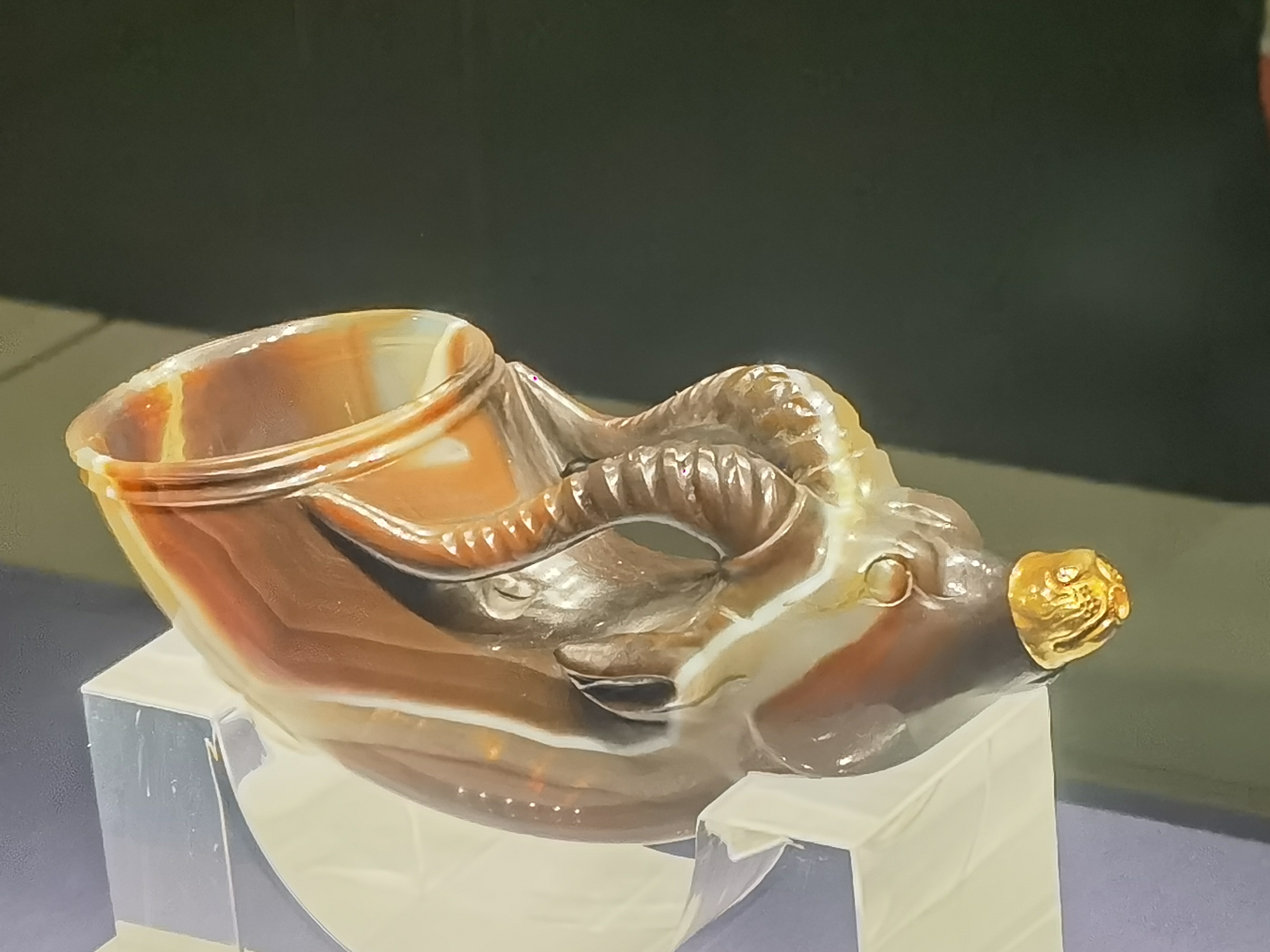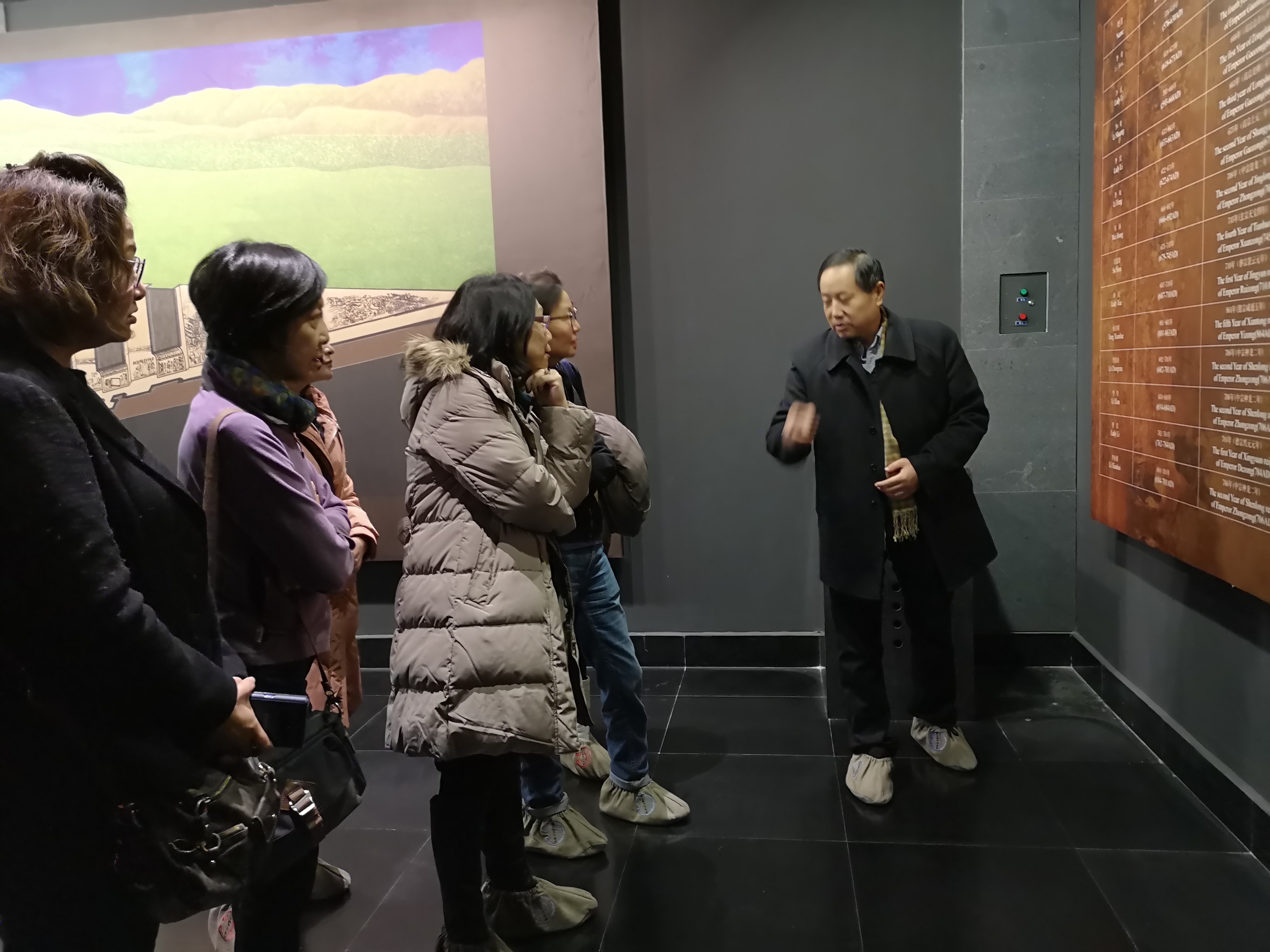Shaanxi History Museum (Abbreviated as "Shanbo") – China’s First Large-Scale Modern National Museum

As China’s first large-scale modern national museum, Shaanxi History Museum is hailed as the "Pearl of the Ancient Capital, Treasure House of Chinese Civilization." It serves as a vital window for understanding ancient Chinese civilization and a critical academic base for studying the histories of dynasties such as the Zhou, Qin, Han, and Tang. Housing precious cultural relics from Shaanxi and across ancient China, its significance lies not only in the richness of its collections but also in its ability to transform dormant artifacts into vivid textbooks of civilization. As a key witness and storyteller of China’s 5,000-year civilization, it is also a "mandatory classroom" for every Chinese to explore the roots of their heritage.
A must-visit attraction for domestic and international tourists in Shaanxi, its rising fame in recent years has made tickets extremely difficult to obtain. Be sure to book tickets in advance or arrange through a travel agency.
Established: Officially opened on June 20, 1991.
Architectural Features: Designed in Tang-style architecture by renowned architect Zhang Jinqiu, blending traditional and modern elements.
Collection Scale: Over 370,000 cultural relics spanning from prehistoric times to the Ming and Qing dynasties; 18 national treasure-level artifacts, including the Gold-inlaid Ox-Horn Agate Cup and the Gilded Silver Ewer with a Dancing Horse Holding a Cup.
Honors: National First-Class Museum; "AAAA-Level Tourist Attraction."
Core Exhibitions
Permanent Exhibition: "Ancient Civilization of Shaanxi"
Prehistoric Period: Relics from the Lantian Ape-Man site and Banpo Village.
Zhou, Qin, Han, and Tang Dynasties: Bronze ware, terracotta warriors, Tang tri-colored pottery, and more.
Song, Yuan, Ming, and Qing Dynasties: Porcelain, gold and silverware, and murals.
Special Exhibitions
"Relics of the Tang Dynasty: Cultural Relics from the Hejia Village Hoard": Showcases Tang-era gold and silverware, jade artifacts, and masterpieces like the Gilded Parrot-Motif Silver Ewer with a Loop Handle.
"Treasures of Tang Murals": Displays national treasure-level murals, including Portrait of Envoys and Hunting Procession.
Highlight Artifacts (Partial)
Gold-inlaid Ox-Horn Agate Cup (Tang Dynasty): A symbol of cultural exchange between China and foreign lands in the Tang era, crafted from rare materials with exquisite artistry.
Gilded Silver Ewer with a Dancing Horse Holding a Cup (Tang Dynasty): Reflects the grand royal scene of dancing horses performing to wish the emperor longevity during Emperor Xuanzong’s reign.
Seal of the Empress (Han Dynasty): The imperial seal of Empress Lü (consort of Emperor Gaozu), the only excavated Han Dynasty empress seal.
Tri-colored Glazed Camel with Musicians (Tang Dynasty): Depicts the cultural fusion of Han and non-Han peoples along the Silk Road.
Visit Tips
Recommended Duration: 2–3 hours for the permanent exhibition; 4 hours if visiting paid galleries.
Nearby Attractions: Giant Wild Goose Pagoda, Tang Paradise (a short 15-minute walk).
Notes
Selfie sticks and tripods are prohibited inside the museum.
Flash photography is banned in exhibition halls (strictly prohibited in the Mural Gallery).
Peak season (Jul–Oct) sees heavy crowds; arrive before 8:30 AM to queue.

Address: No. 91 Xiaozhai East Road, Yanta District, Xi’an, Shaanxi Province
Opening Hours:
Peak season (Mar 15–Nov 14): 8:30 AM–6:00 PM (last entry at 4:30 PM).
Off-peak season (Nov 15–Mar 14): 9:00 AM–5:30 PM (last entry at 4:00 PM).
Closed Mondays (excluding statutory holidays).
Admission:
Permanent Exhibition: Free (requires advance reservation).
"Relics of the Tang Dynasty" Exhibition: ¥30 per person.
"Treasures of Tang Murals" Gallery: ¥270 per person (includes guided tour).
Transportation:
Metro: Line 2 or 3 to "Xiaozhai" Station (10-minute walk).
Bus: Routes 5, 19, 26, 30, etc., to "Shaanxi History Museum" Station.


